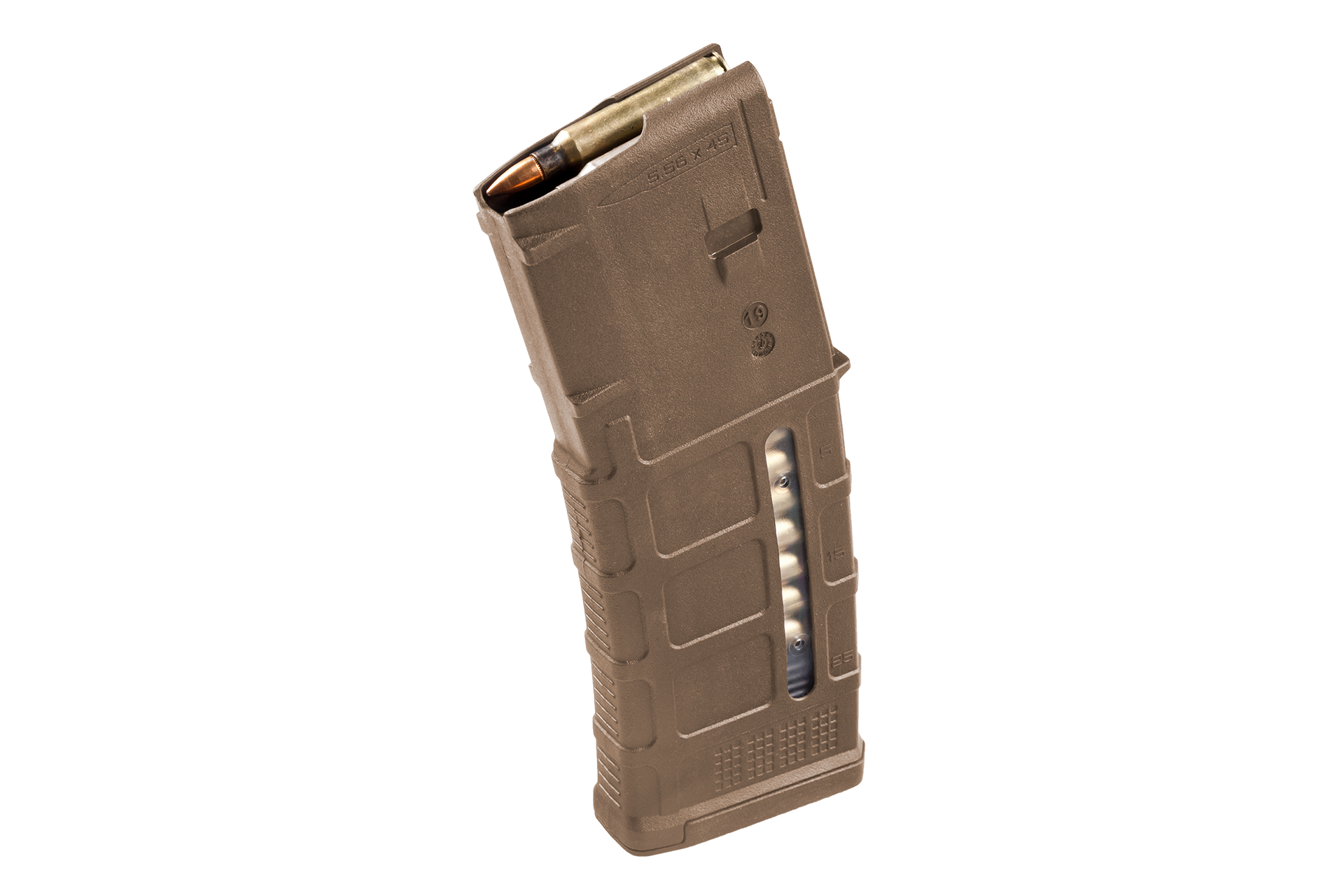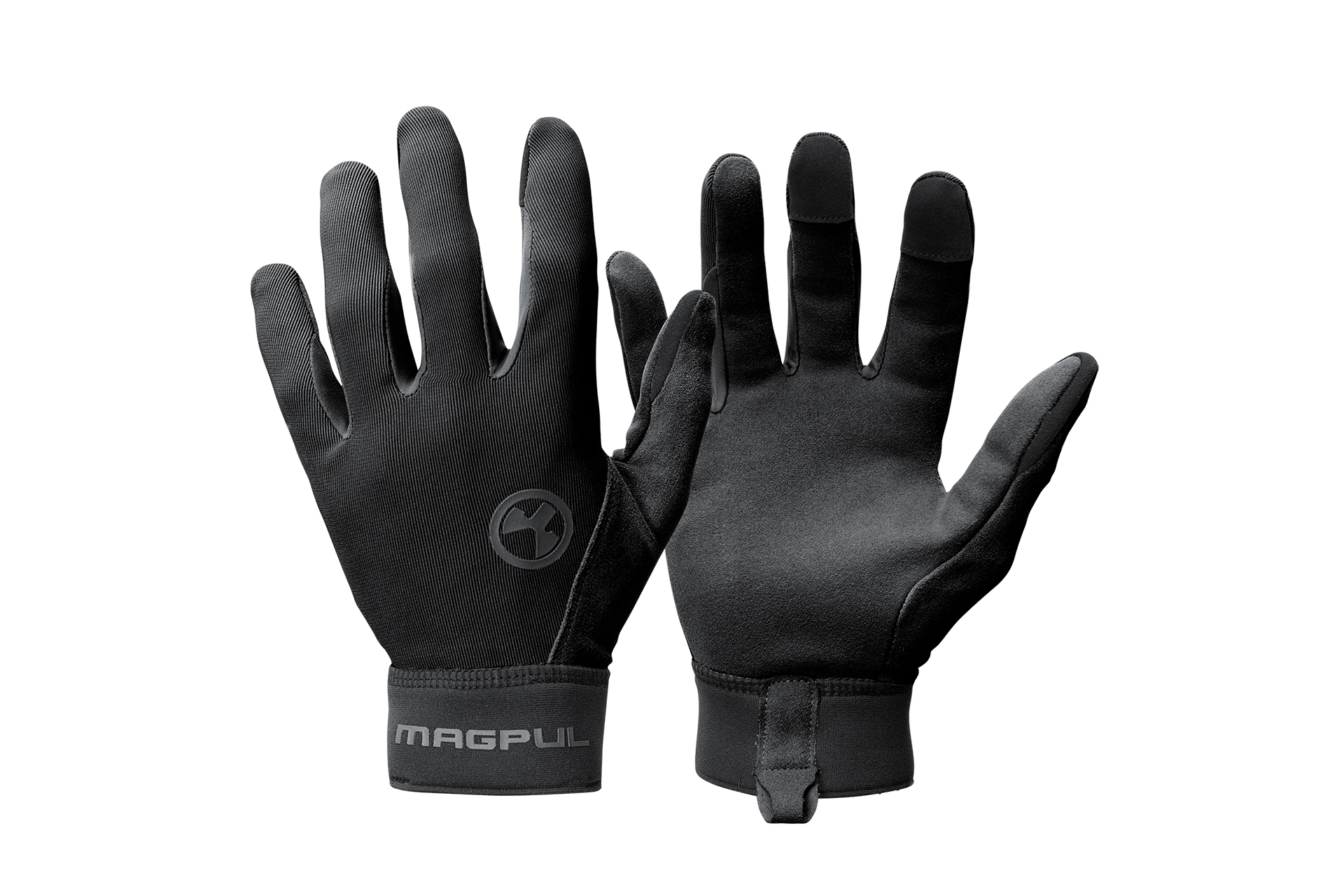

A Brief History on the LPVO
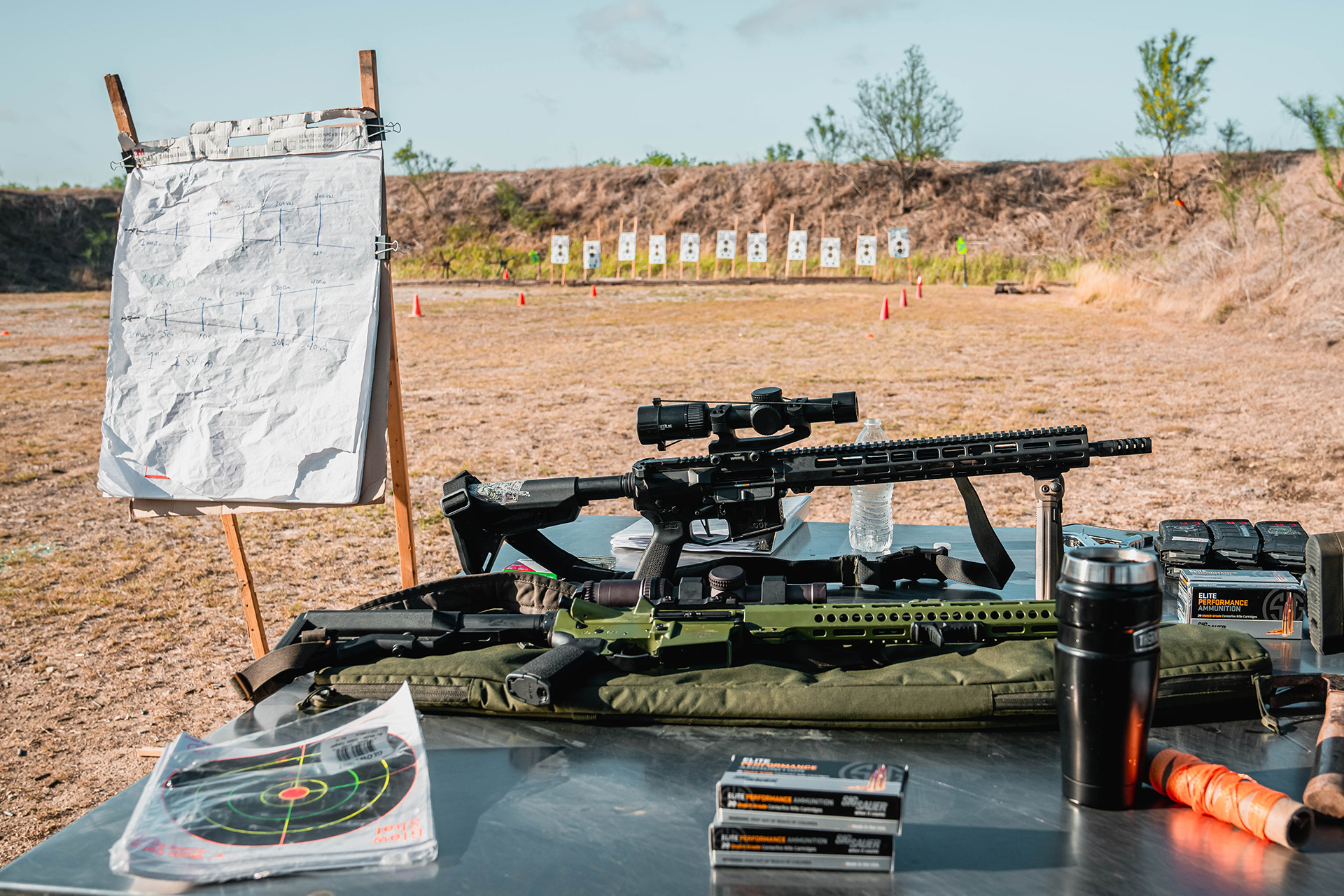
As with many other innovations throughout the history of firearms, the demand for greater capability on the battlefield was one of the driving forces behind the adoption of the LPVO we know today. After conflicts in Panama and Grenada, the ability to identify and engage targets at distance — in this instance specifically, across an airfield runway — was something Special Operations Forces began to pursue. The average runway measures around 50-100 yards wide and varies in length (i.e. can be very long). At the time, SOF units were running either red dots, fixed-magnification optics, or a more high-powered optic. These were initially good solutions for their intended purposes, but there was a need for something blending the three. The need to quickly adapt when moving from around an airfield (or area of similar expanse), into and out of buildings, and within the various distances in between was clear, but the optics of the time couldn’t cover all of this space adequately.
As with many other innovations throughout the history of firearms, the demand for greater capability on the battlefield was one of the driving forces behind the adoption of the LPVO we know today. After conflicts in Panama and Grenada, the ability to identify and engage targets at distance — in this instance specifically, across an airfield runway — was something Special Operations Forces began to pursue. The average runway measures around 50-100 yards wide and varies in length (i.e. can be very long). At the time, SOF units were running either red dots, fixed-magnification optics, or a more high-powered optic. These were initially good solutions for their intended purposes, but there was a need for something blending the three. The need to quickly adapt when moving from around an airfield (or area of similar expanse), into and out of buildings, and within the various distances in between was clear, but the optics of the time couldn’t cover all of this space adequately.
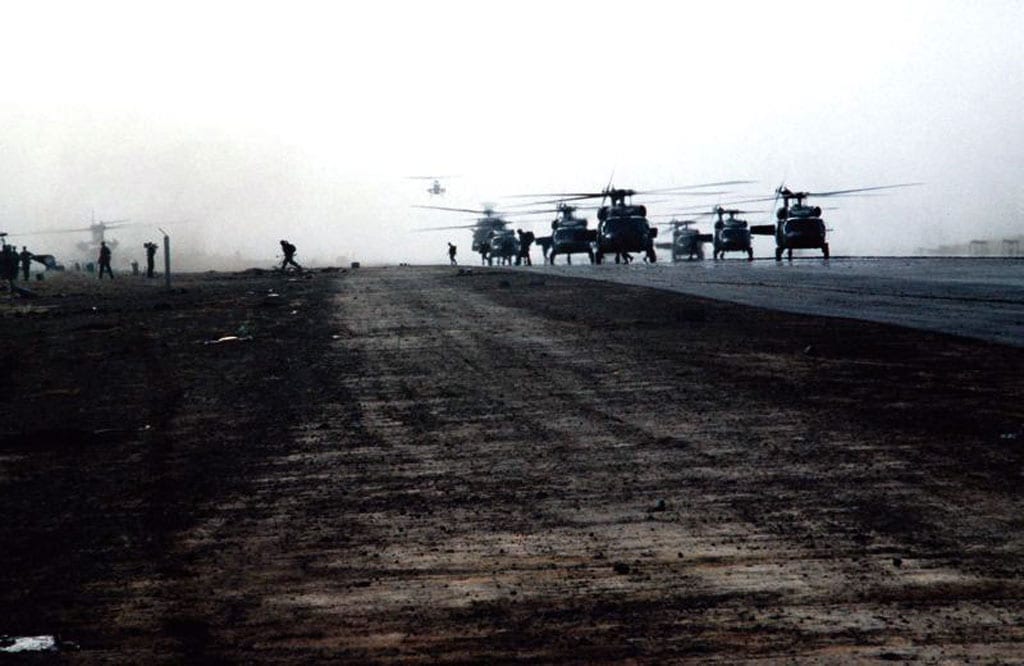
UH-60 Black Hawk helicopters land at Point Salines airfield during Operation Urgent Fury. U.S. Department of Defense photo by Tech Sgt. Mike Green.
The solution to this was the LPVO. Having the flexibility to address targets from CQB distances out to 100 yards on 1X, and then being able to quickly change the magnification to 6X when shooting beyond that checked all necessary boxes for SOF.
After this military need was met by optics manufactures, the popularity of LPVOs in civilian 3-gun competitions started to grow. If you’ve ever participated in or observed even one stage at a match, you know having the ability to rapidly transition from a close target to taking a shot at an extended range is important to saving your time. Combined with the innovation propelled by the needs of Special Operations, manufacturers took notice of this growing market…and boom, the era of the LPVO had officially begun.
The solution to this was the LPVO. Having the flexibility to address targets from CQB distances out to 100 yards on 1X, and then being able to quickly change the magnification to 6X when shooting beyond that checked all necessary boxes for SOF.
After this military need was met by optics manufactures, the popularity of LPVOs in civilian 3-gun competitions started to grow. If you’ve ever participated in or observed even one stage at a match, you know having the ability to rapidly transition from a close target to taking a shot at an extended range is important to saving your time. Combined with the innovation propelled by the needs of Special Operations, manufacturers took notice of this growing market…and boom, the era of the LPVO had officially begun.
Training the LPVO with Green Ops
Last year, we made it out to San Antonio, Texas, for a weekend of training strictly devoted to the LPVO with the veteran-operated training organization, Green Ops. Two days were split between courses of fire including CQB, sub-100 yard applications, and 100+ yard identification and engagement drills…all while under a Texas sun providing us with cooling, triple-digit temperatures. All of this culminated into a final test which involved employing your LPVO from 1X to its maximum magnification while moving and communicating with a partner, and identifying and engaging targets at various unknown distances.
Last year, we made it out to San Antonio, Texas, for a weekend of training strictly devoted to the LPVO with the veteran-operated training organization, Green Ops. Two days were split between courses of fire including CQB, sub-100 yard applications, and 100+ yard identification and engagement drills…all while under a Texas sun providing us with cooling, triple-digit temperatures. All of this culminated into a final test which involved employing your LPVO from 1X to its maximum magnification while moving and communicating with a partner, and identifying and engaging targets at various unknown distances.

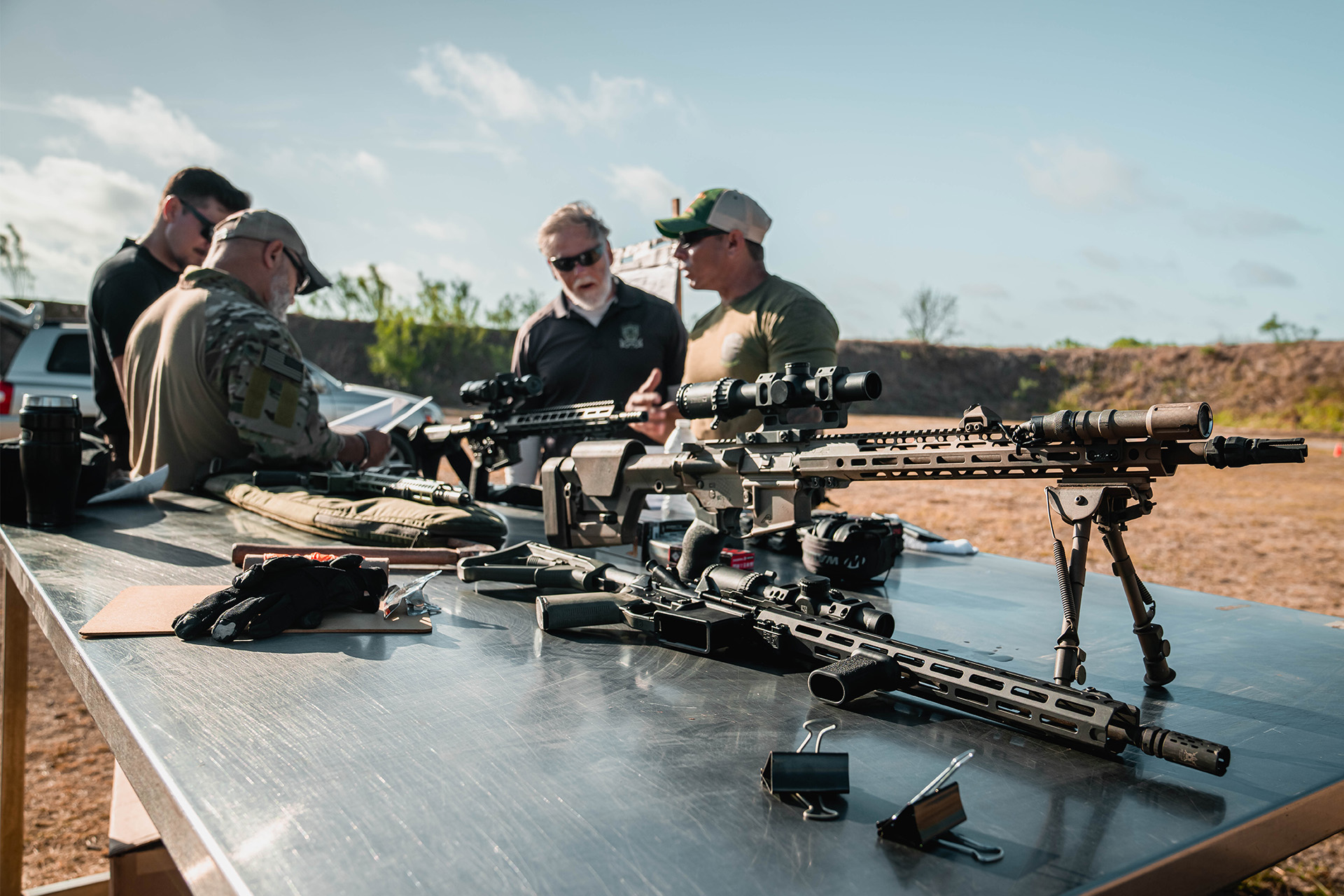
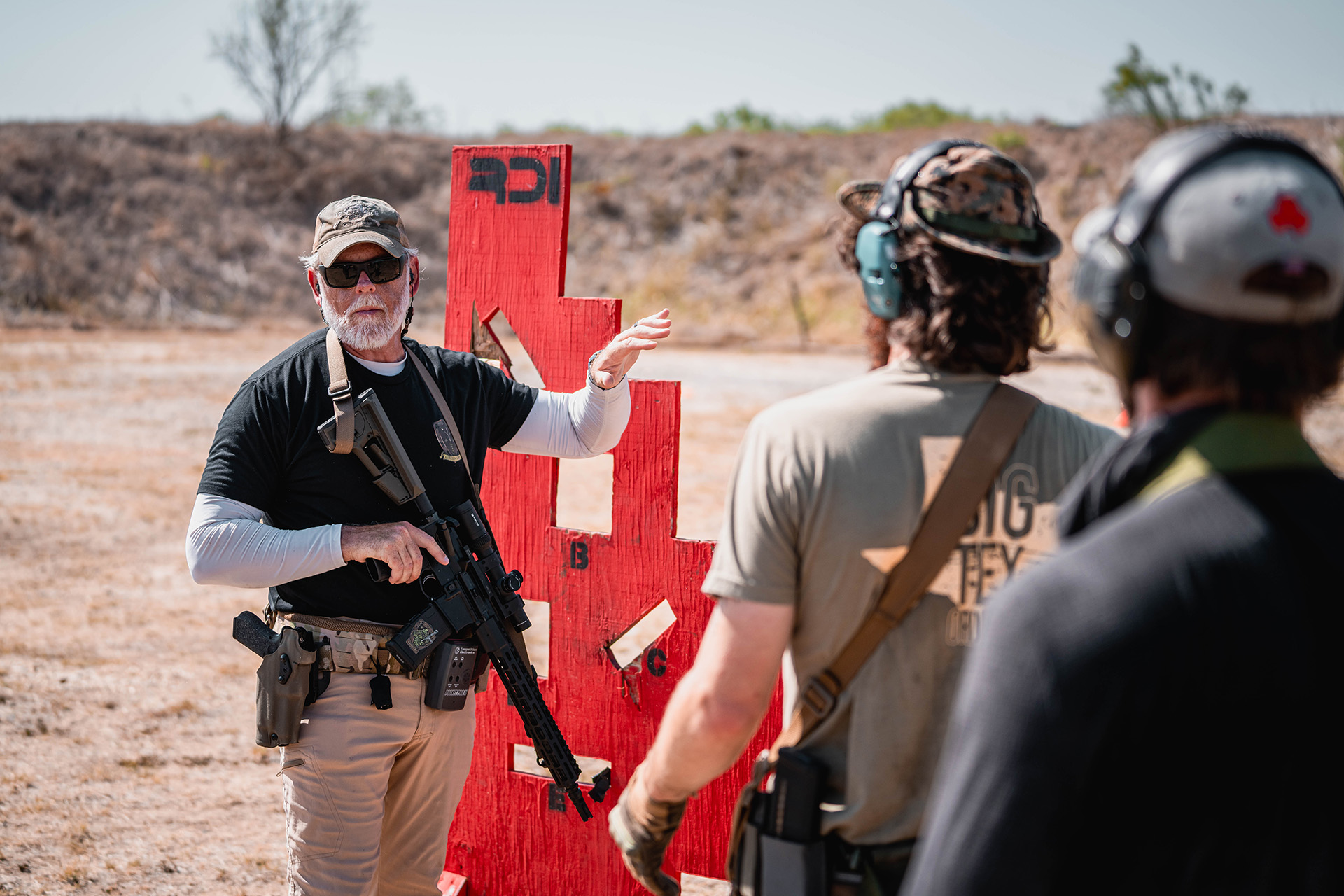
Day one began with a preliminary round of safety briefings and a quick zero-check. The class was then split into two groups. One group began basic skills that progressed into a movement based, close-range applications session headed by Army Veteran Chris Alvarez and Special Forces Veteran Michael Green; the other group followed Army Ranger Veteran Jose Gordon for Long-Range Target Identification and Engagement 101.
Before getting into more advanced courses of fire, our instructors introduced topics and knowledge necessary to naturally ramp up our skillsets and understanding of the LPVO optic. These included going over Point of Aim / Point of Impact at different distances, understanding the mechanical offset of your optic as it relates to your rifle, proper mounting and eye relief, and holds at both CQB distances and beyond 200 yards.
Day one began with a preliminary round of safety briefings and a quick zero-check. The class was then split into two groups. One group began basic skills that progressed into a movement based, close-range applications session headed by Army Veteran Chris Alvarez and Special Forces Veteran Michael Green; the other group followed Army Ranger Veteran Jose Gordon for Long-Range Target Identification and Engagement 101.
Before getting into more advanced courses of fire, our instructors introduced topics and knowledge necessary to naturally ramp up our skillsets and understanding of the LPVO optic. These included going over Point of Aim / Point of Impact at different distances, understanding the mechanical offset of your optic as it relates to your rifle, proper mounting and eye relief, and holds at both CQB distances and beyond 200 yards.



After his “LPVO as-we-know-it” origin story, we dove head first into developing range cards on the unknown distance targets sitting anywhere in between the 100 to 600-yard range in front of the group. This was the first step into understanding the usefulness of the LPVO for identification purposes and served as an introduction to long-range shooting.
After his “LPVO as-we-know-it” origin story, we dove head first into developing range cards on the unknown distance targets sitting anywhere in between the 100 to 600-yard range in front of the group. This was the first step into understanding the usefulness of the LPVO for identification purposes and served as an introduction to long-range shooting.

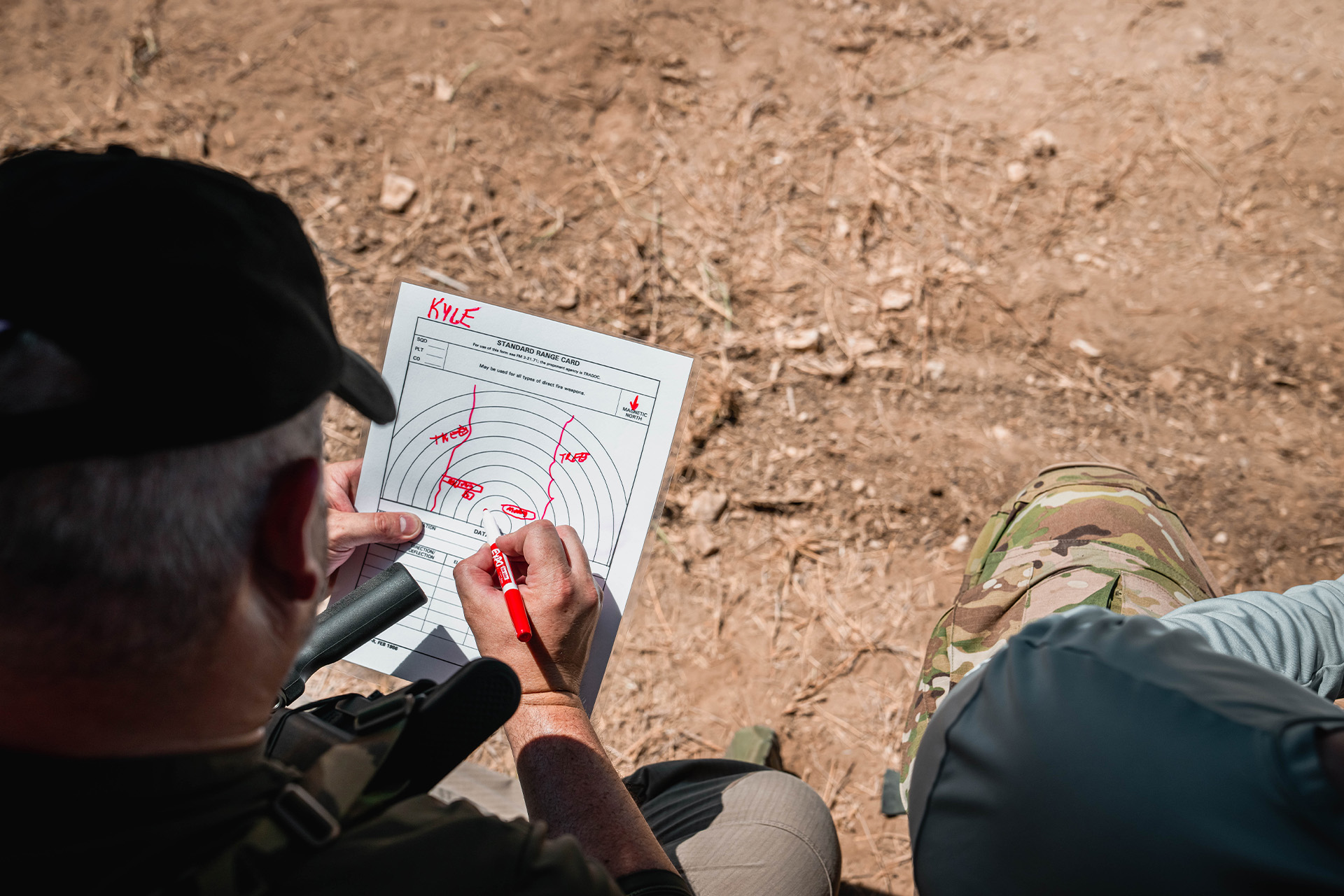
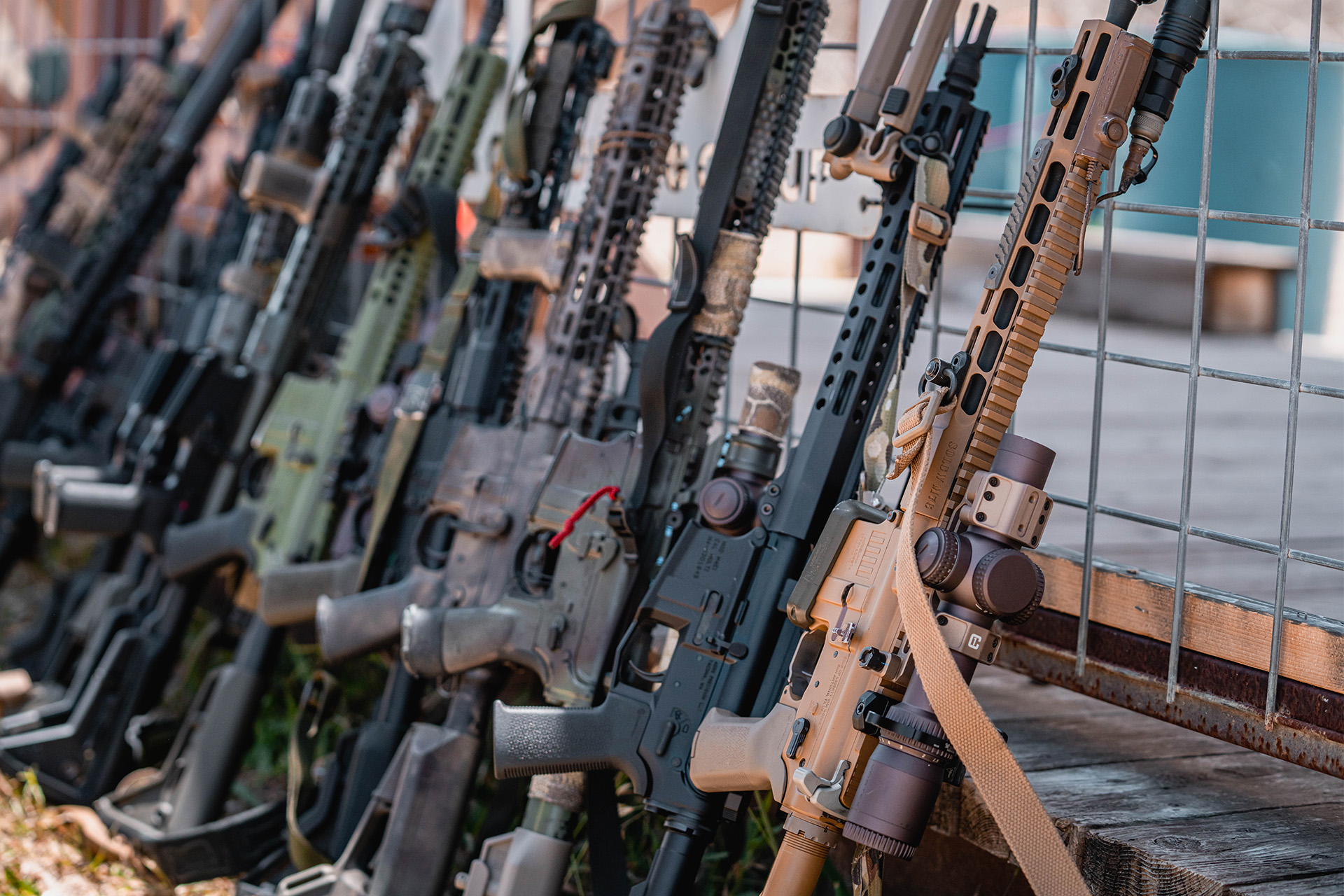
Day two consisted of considerably more shooting now that the class was more familiar with their respective optics. We continued shooting long-range, and later were introduced to unconventional shooting positions and buddy team movements. These were the last pieces to the puzzle before the 2-man culminating live-fire exercise began. This exercise tied everything we learned together and was meant to highlight every strength the LPVO provides to the shooter and their team.
Day two consisted of considerably more shooting now that the class was more familiar with their respective optics. We continued shooting long-range, and later were introduced to unconventional shooting positions and buddy team movements. These were the last pieces to the puzzle before the 2-man culminating live-fire exercise began. This exercise tied everything we learned together and was meant to highlight every strength the LPVO provides to the shooter and their team.
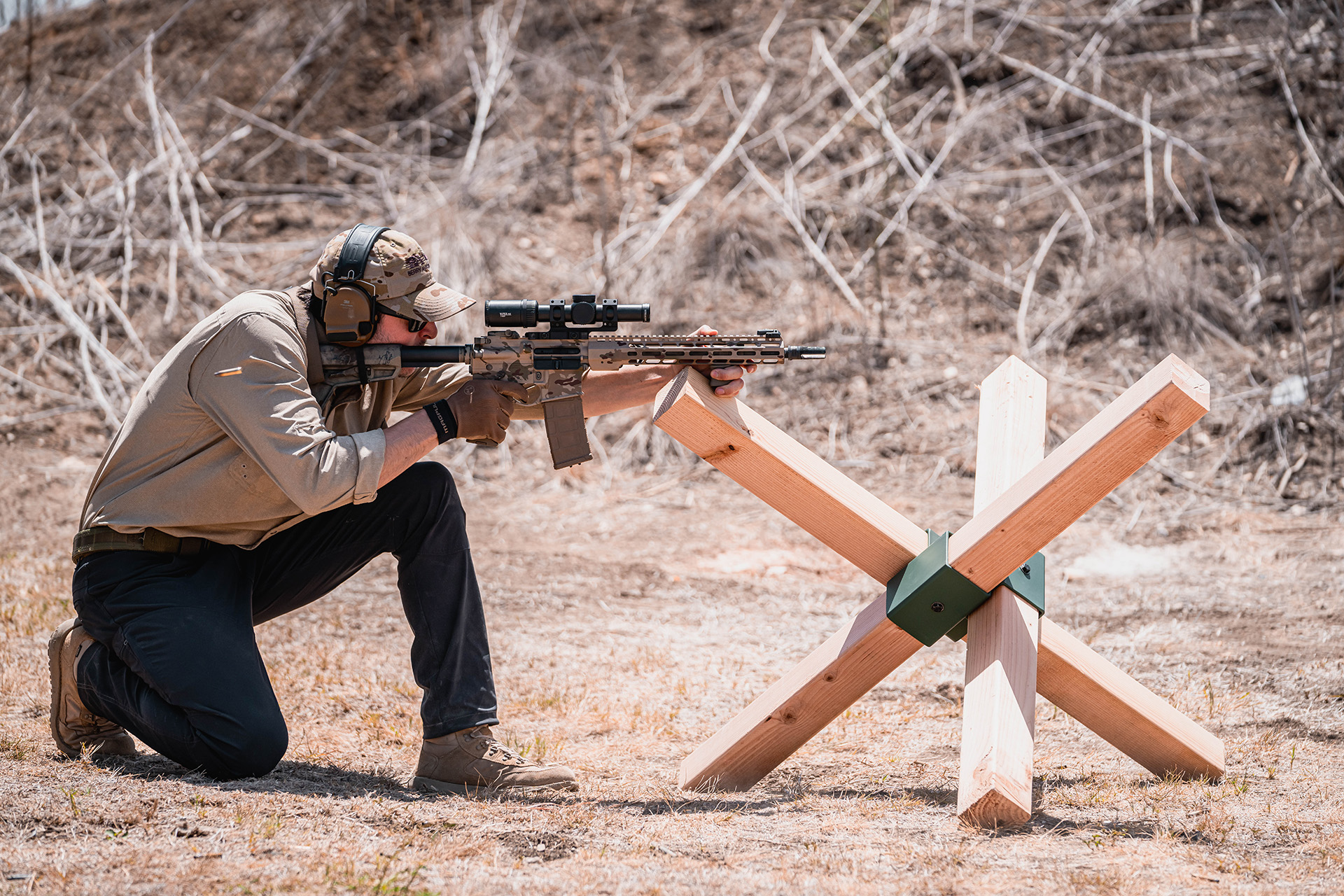
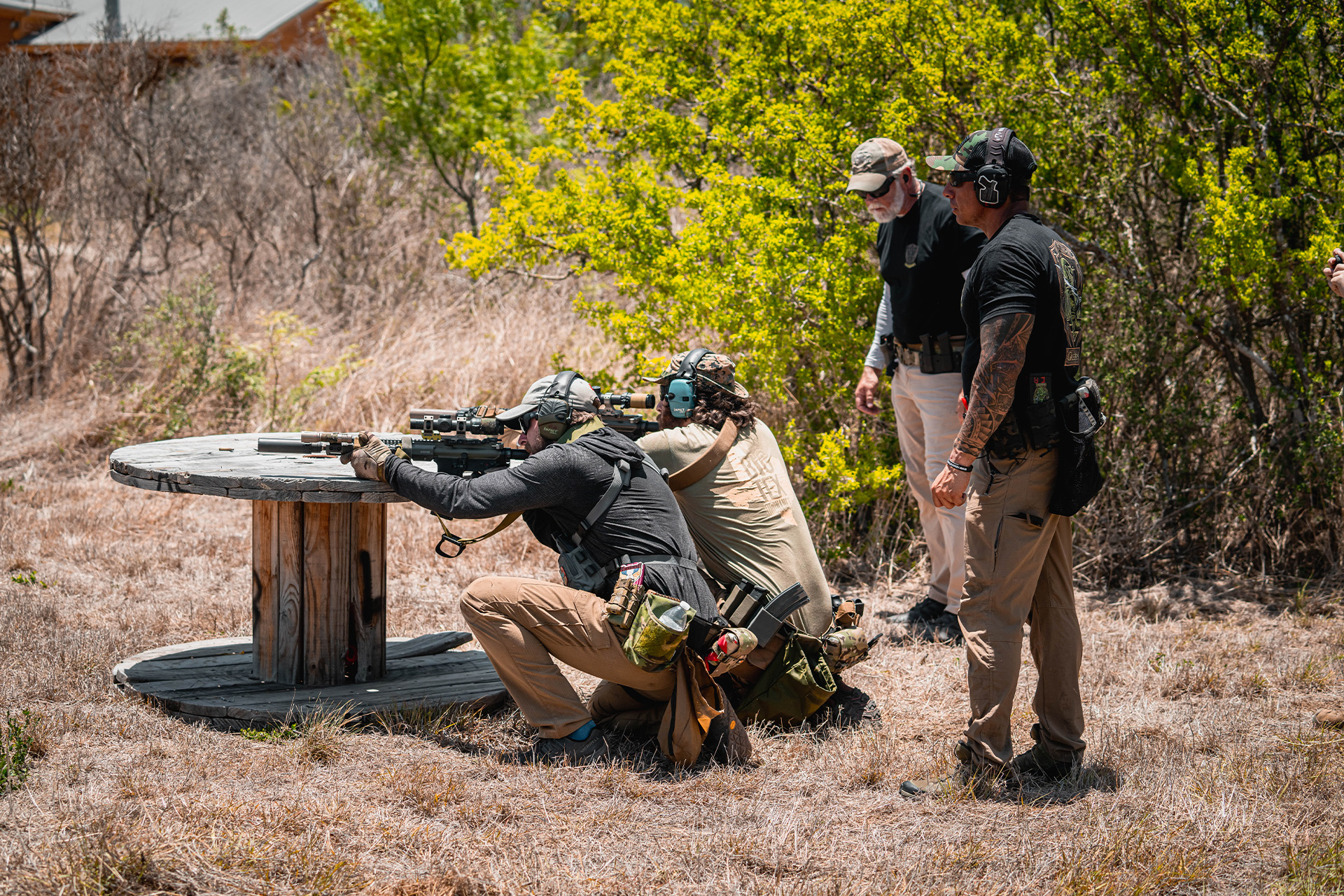
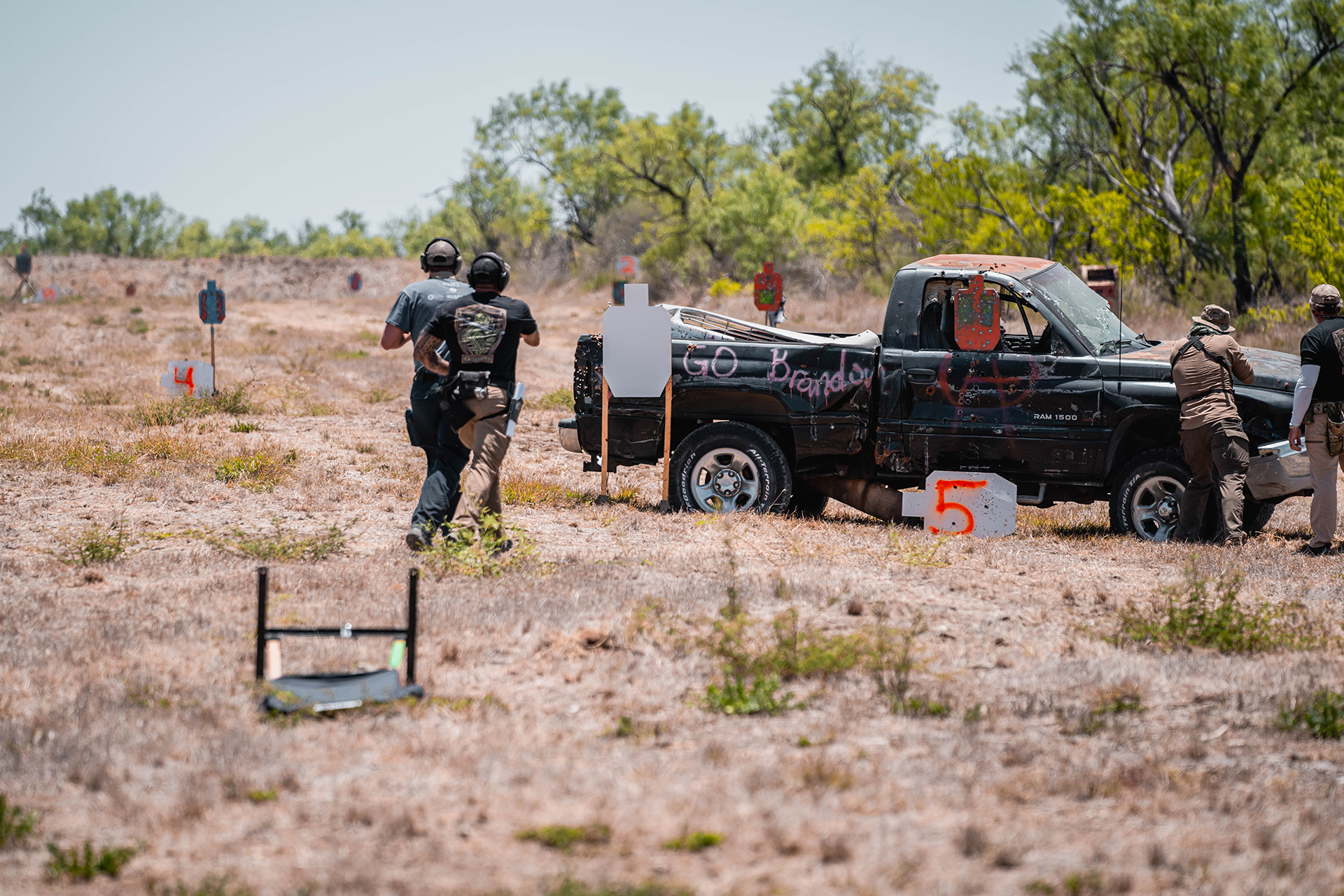
The intent of the course Green Ops puts on is to gain an appreciation and develop a skillset for what the LPVO is and what it is not. It isn’t meant to replace a red dot or a sniper scope. It’s to give the shooter the ability to gather information at distance while maintaining confidence to fire and maneuver anywhere in between 5 to 600 yards.
Deciding to use an LPVO is a simple choice. For many, their AR-15 is something they see as a tool that will cover almost any situation one might face, so they choose an optic to match that need. We’re obviously believers. If you haven’t become one yet, we definitely recommend taking a hard look at what the LPVO can do, and maybe get some training lined up to really maximize your capability and lethality with these flexible optics.
The intent of the course Green Ops puts on is to gain an appreciation and develop a skillset for what the LPVO is and what it is not. It isn’t meant to replace a red dot or a sniper scope. It’s to give the shooter the ability to gather information at distance while maintaining confidence to fire and maneuver anywhere in between 5 to 600 yards.
Deciding to use an LPVO is a simple choice. For many, their AR-15 is something they see as a tool that will cover almost any situation one might face, so they choose an optic to match that need. We’re obviously believers. If you haven’t become one yet, we definitely recommend taking a hard look at what the LPVO can do, and maybe get some training lined up to really maximize your capability and lethality with these flexible optics.


